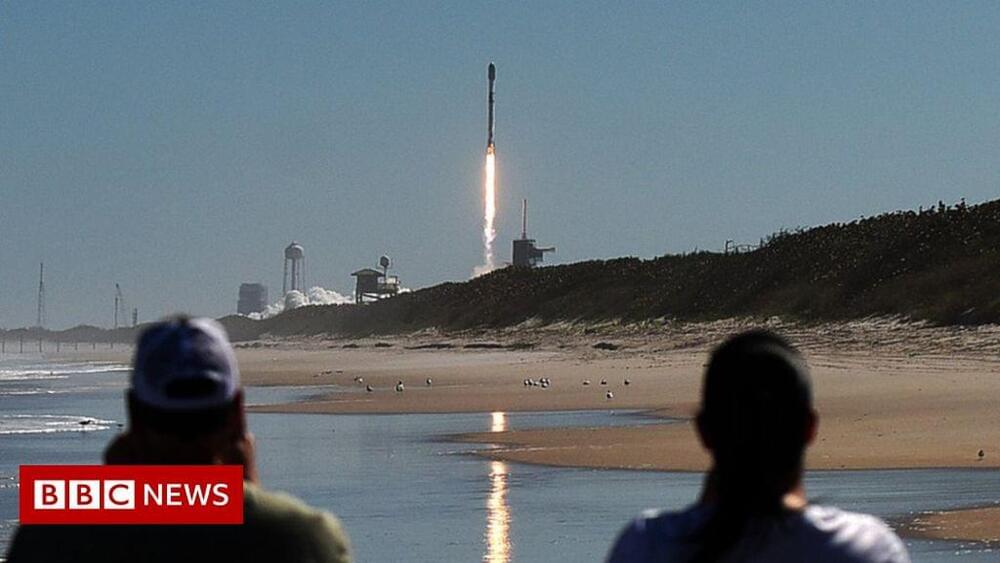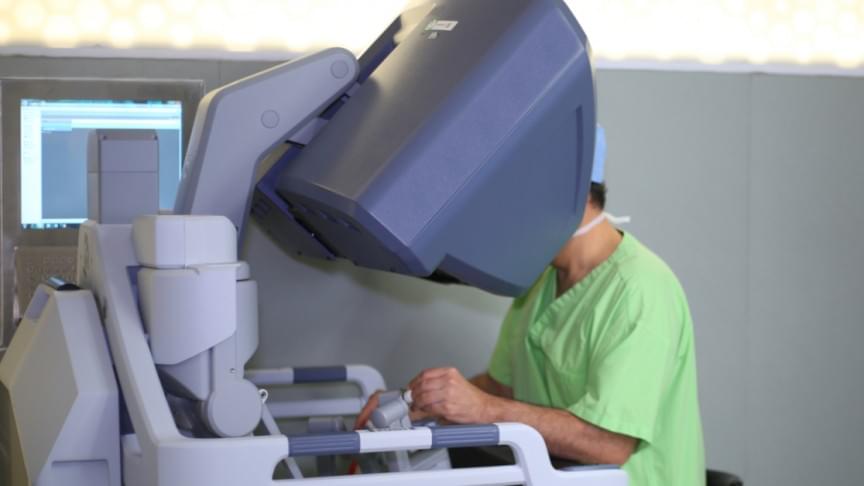Disappointed with the lack of US response to the Hermit Kingdom’s attacks against US security researchers, one hacker took matters into his own hands.



👉For business inquiries: [email protected].
✅ Instagram: https://www.instagram.com/pro_robots.
You are on the PRO Robots channel and today we present to your attention the latest issue of high-tech news. The U.S. military has learned to control more than a hundred robots simultaneously, and the Chinese have created a copy of Boston Dynamics’ BigDog robot, an electronic skin to control robots, and are about to compete with StarLink. For more on this, as well as underwater robots, the perfect robot arm, and other cutting-edge technology, check out our video!
0:00 In this video.
0:30 No-code developer.
0:30 DARPA’s new tests.
1:22 Robots learn to walk based on “feel“
2:15 Robot for Chinese military.
2:46 China decides to compete with Starlink.
3:12 Electronic skin will help control robots.
3:47 Fecal cryptocurrency.
4:22 NASA announces a competition to create a toilet for a flight to Mars.
5:00 Neuralink preparing for human trials.
5:31 Nauticus Robotics unveils marine robot fleet.
6:25 Robotic ferry in Japan.
6:55 Club_KUKA exhibition cell.
7:23 Dining hall of the Olympic Village in China.
7:43 The most sensitive robotic arms from Shadow Robot.
8:10 Artificial Intelligence Leg Prosthesis.
8:35 Robotic manufacturing of ARRIVAL electric cars.
8:55 An exact replica of the human palm ILDA
9:57 Robot avatar replaces sick children at school.
10:24 First tests of ZEVA Zero aircraft.
10:58 A device to print patches on the ISS
11:26 New Promobot Vending complex.
11:55 The Smart Home standard will include robots.
#prorobots #robots #robot #futuretechnologies #robotics.
More interesting and useful content:


Connecting & enabling a smarter planet — alistair fulton, VP, wireless & sensing products, semtech.
Alistair Fulton (https://www.semtech.com/company/executive-leadership/alistair-fulton) is the Vice President and General Manager of Semtech’s Wireless and Sensing Products Group.
Semtech Corporation is a supplier of analog and mixed-signal semiconductors and advanced algorithms for consumer, enterprise computing, communications and industrial end-markets. It has 32 locations in 15 countries in North America, Europe, and Asia.
Semtech is the developer of LoRa, a long-range networking initiative for the Internet of Things. As of March 2021, over 178 million devices use LoRa worldwide. LoRa has been used in satellites, tracking of animals, and natural disaster prediction.
Mr. Fulton joined Semtech in 2018 with over 25 years of experience in the Internet of Things (IoT), connected devices, machine to machine (M2M)/embedded, and analytics spaces.


The American hacker — who goes by the handle P4x — told Wired he was one of the victims of a cyberattack last year on Western security researchers carried out by North Korean spies. He said he was frustrated that he was a target and that the US appeared to have a lacking response.
He said the hackers tried to snatch hacking tools and information on software vulnerabilities but he was able to stop them before they could get anything worthwhile. Nonetheless, there was a feeling of resentment, he told Wired.
“It felt like the right thing to do here,” P4x told Wired, adding: “If they don’t see we have teeth, it’s just going to keep coming.


A hundred years of physics tells us that collective atomic vibrations, called phonons, can behave like particles or waves. When they hit an interface between two materials, they can bounce off like a tennis ball. If the materials are thin and repeating, as in a superlattice, the phonons can jump between successive materials.
Now there is definitive, experimental proof that at the nanoscale, the notion of multiple thin materials with distinct vibrations no longer holds. If the materials are thin, their atoms arrange identically, so that their vibrations are similar and present everywhere. Such structural and vibrational coherency opens new avenues in materials design, which will lead to more energy efficient, low-power devices, novel material solutions to recycle and convert waste heat to electricity, and new ways to manipulate light with heat for advanced computing to power 6G wireless communication.
The discovery emerged from a long-term collaboration of scientists and engineers at seven universities and two U.S. Department of Energy national laboratories. Their paper, “Emergent Interface Vibrational Structure of Oxide Superlattices,” was published January 26 in Nature.